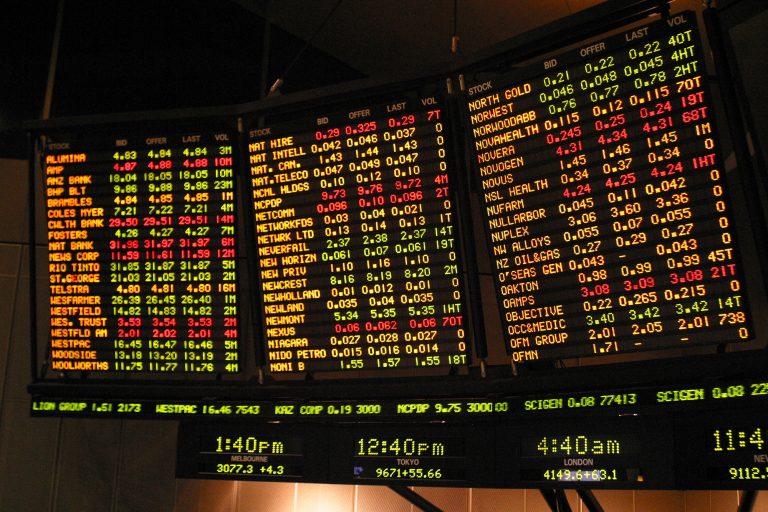Fixed rate mortgage expiring… Now what?
If your fixed interest rate expiry is coming up, you might have started to think about what happens next and what action you need to take. Or you might be…

If your fixed interest rate expiry is coming up, you might have started to think about what happens next and what action you need to take. Or you might be…

At the beginning of 2022 the Australian economy appeared to be sliding into recession, dragged down by higher interest rates and even higher inflation levels. As a result, it was…

COVID-19 update Finally, some good news on the COVID-19 front: several vaccines have been rolled out in a number of countries. While a huge step forward in bringing the pandemic…

Just as night follows day, it seems part of the regular cycle of the world’s share markets that market crashes and falling prices follow good times and rising prices. The…

COVID-19 remained the big story of the last quarter. Tragically, by the end of September the pandemic had caused over one million deaths. That was up by 500,000 since the…
End of content
End of content